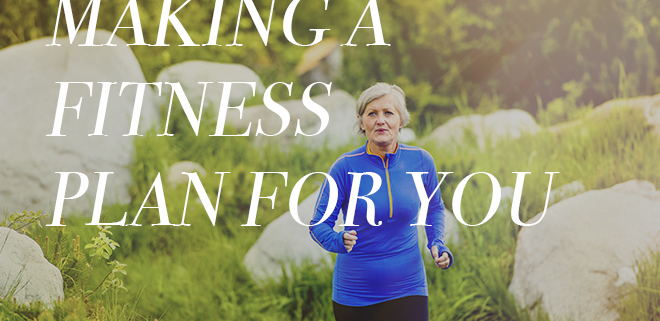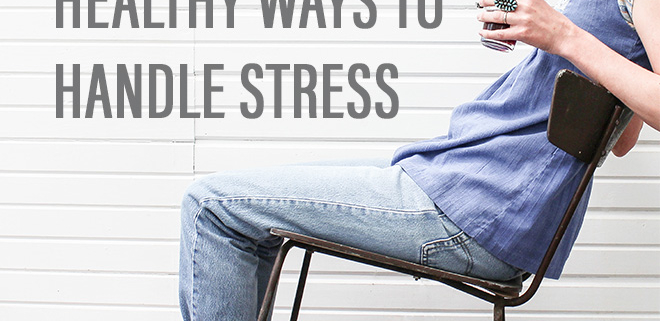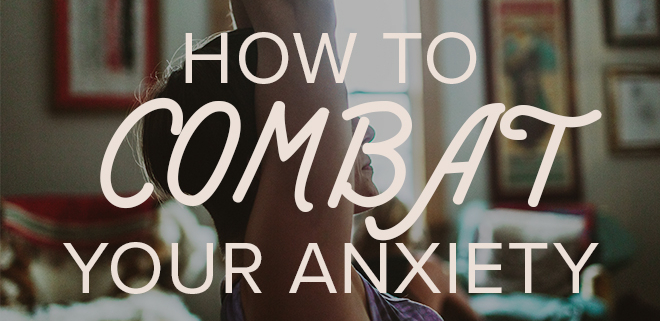We all understand the importance of exercise for our health: physically, mentally, and emotionally. But, it can be easy to put off an exercise routine or to get into a rut. The changing of the seasons is a great time to incorporate new activities into your exercise regimen and try some exercises that you might not have considered.
With any start or change into an exercise regimen, it’s important to consult with your physician to make sure the changes you make will help and not hurt you. Below, we share some activities to help change up your workout routine, as well as some things to keep in mind to stay safe!
YARD WORK/GARDENING:
The growing grass and weeds of the season can be an excellent opportunity to get some extra exercise. The action of mowing not only provides an excellent cardio workout, but it also helps to build up muscles in the arms that might not normally get as much attention. Taking time to take the weeds out of your yard can be satisfying, relaxing, and be a great source of exercise to your core and arms.
Things to keep in mind: Make sure you’re mowing safely. Take breaks often, and make sure you stay hydrated. Mowing or weeding your yard can strain your back, making it a priority to listen to your body while doing this our back safe and allow you to still get a good workout. Make sure that you keep your body square as you reach for the weeds, and never reach behind to pull weeds. This will also help to protect your back and spine from injury.
WALKING/RUNNING:
If you have not tried walking or running, you’re in for a treat. It’s a great opportunity to burn some calories and enjoy being outside in the fresh air. Walking and running are also great ways to keep your back and spine healthy and strong, especially for those that have a job that requires you to sit throughout the day. To help give your calorie burn an extra boost, try running or walking in intervals: start at a comfortable speed for a minute or two, and then go faster for 30 seconds to a minute.
Things to keep in mind: Proper shoes will help protect your feet and spine, so choose to invest in a good pair. Practice proper running form to keep your body healthy as you exercise: keep your back and head straight, and keep your arms loose at a 90-degree angle. Don’t “pound” the pavement, but let your feet hit in the middle and then roll to the toes. You can also protect your knees by sticking to a pace that is within your range and gradually working up to faster speeds.
YOGA:
Yoga is one of our favorite exercise routines to help rehabilitate the body after a week of strengthening and cardio workouts. Yoga not only promotes stretching, strengthening, and flexibility, it also improves balance and coordination and helps to release any stress or tension. You will be surprised to see the results you gain from just one class/session a week.
Things to keep in mind: While yoga tends to be rehabilitative in nature, be careful not to overdo it. If you can’t complete a position correctly, consider using a yoga block to help you until you’re ready.
CYCLING:
Indoor and outdoor cycling has gained momentum as a fun way to get a heart-pumping workout. It also helps to take some pressure off the knees, which can be a downside to running. After one spin class, you’ll be surprised to see how many calories you have burned.
Things to keep in mind: As with walking and running, it’s important not to overdo it too soon. Part of what makes cycling such a great workout is that it boosts your heart rate very quickly. Work int a more rapid pace gradually, giving your body time to adjust. You also want to practice proper form: avoid “hunching” your shoulders as you hold the handlebars. It can put unwanted pressure on the neck and back.
KETTLEBELLS:
Kettlebells are another workout that has begun to gain popularity. One reason so many people like working with kettlebells is their diversity of use and exercises, and that they provide both a cardio and strength workout.
Things to keep in mind: As with any strength routine, it’s important to practice proper form. Make sure your feet are square, shoulder-width apart. Keep your head, neck, and back in line to avoid any problems. Stay within your weight limit and gradually work up to the heavier kettlebells.
The value of changing up your workouts is that it not only gets you out of rut but also helps your body exercise and stretch different muscles that you haven’t been working. As you try new and different classes and exercises, you’re likely to find something new that you love and enjoy.











